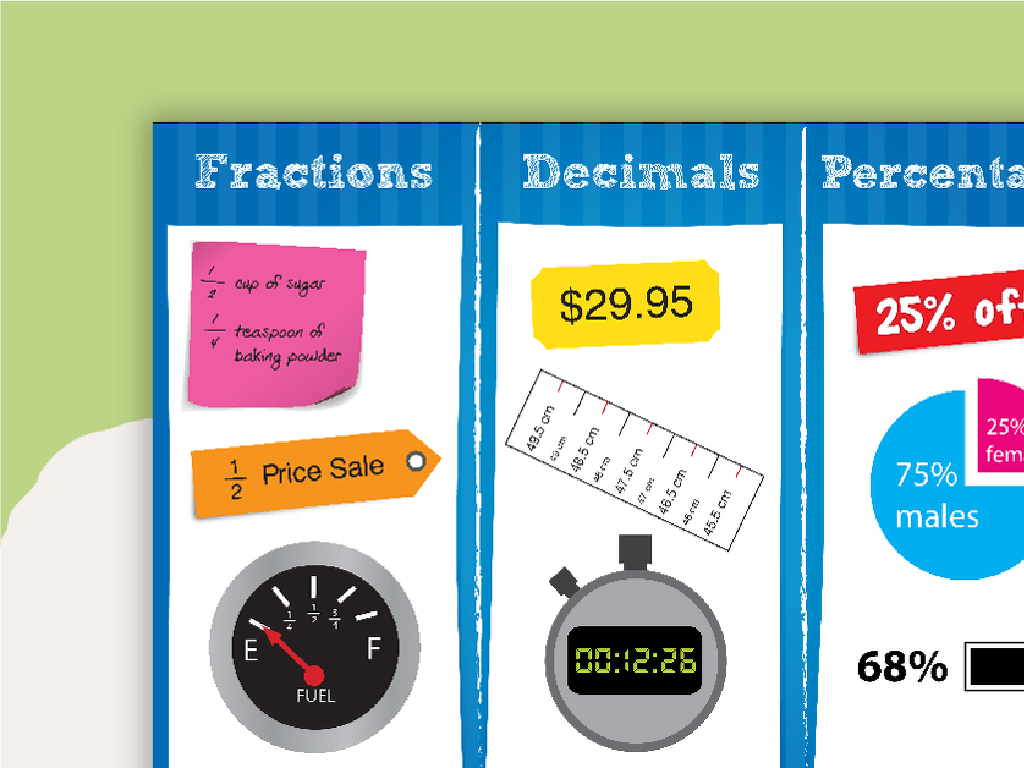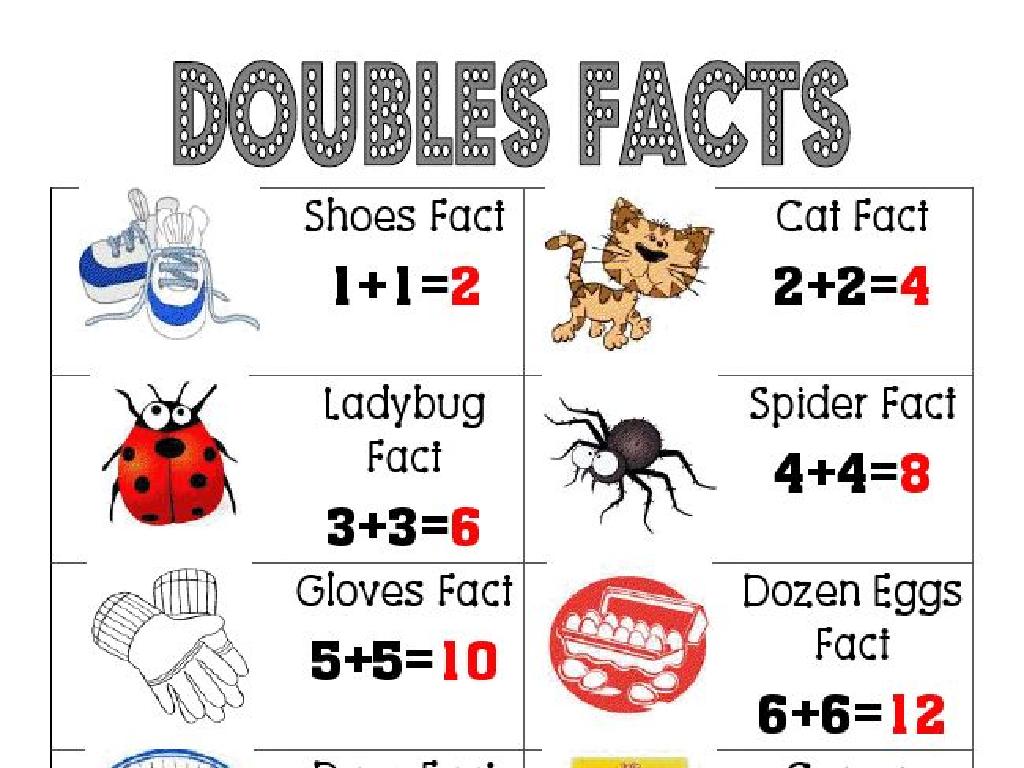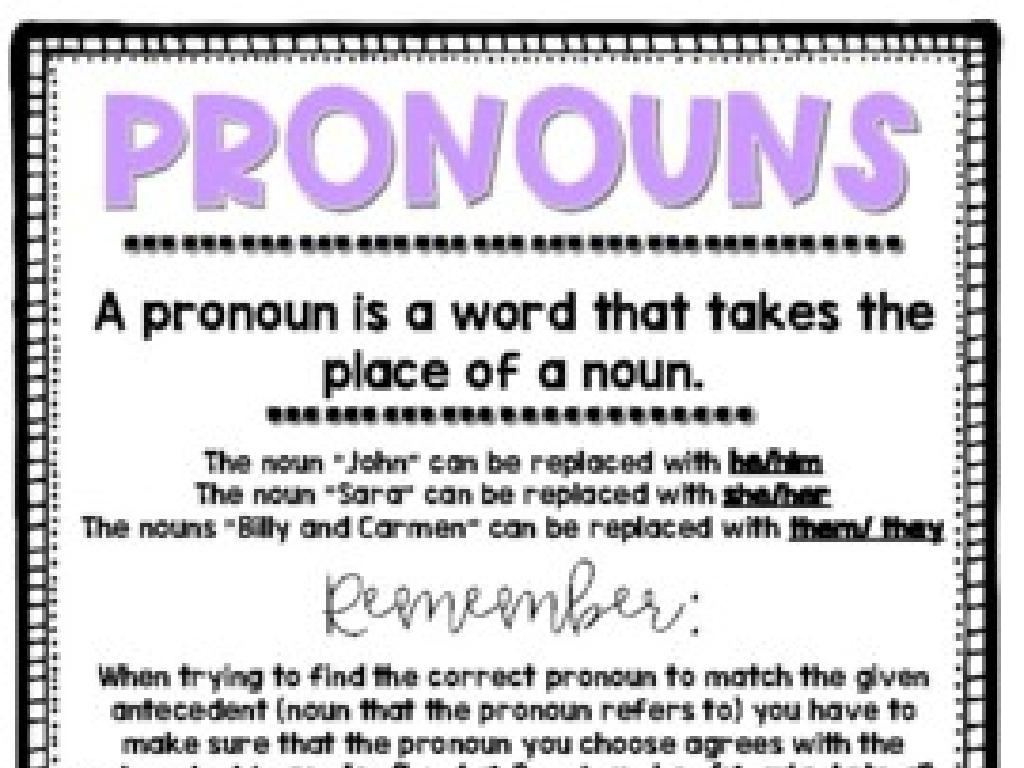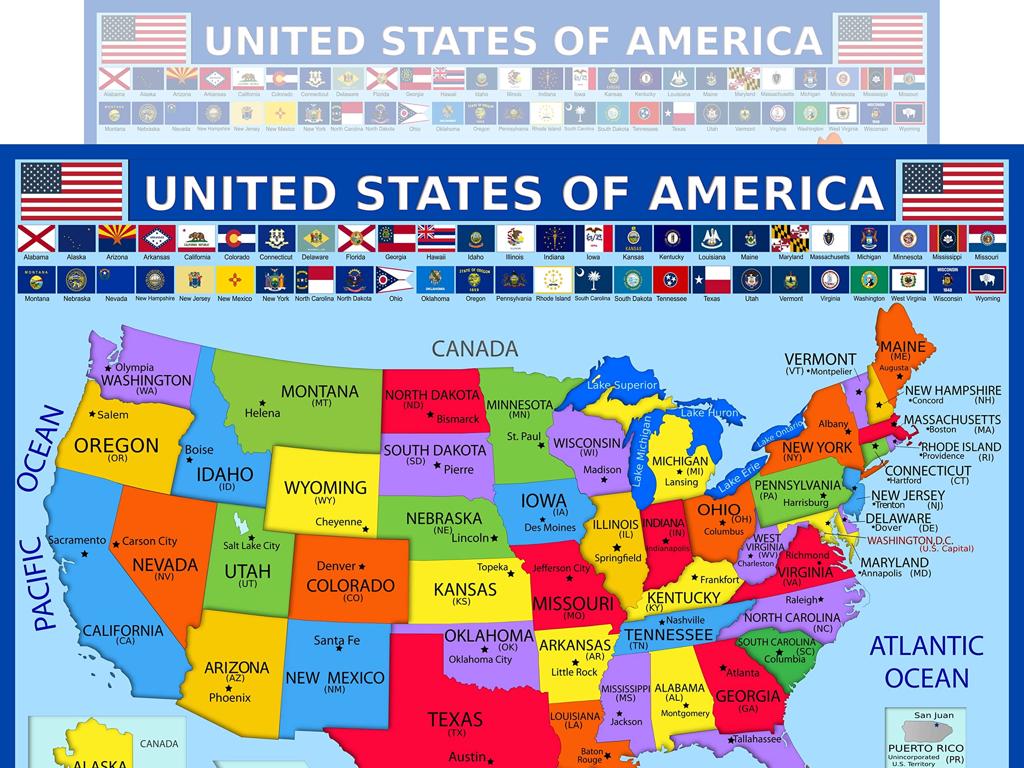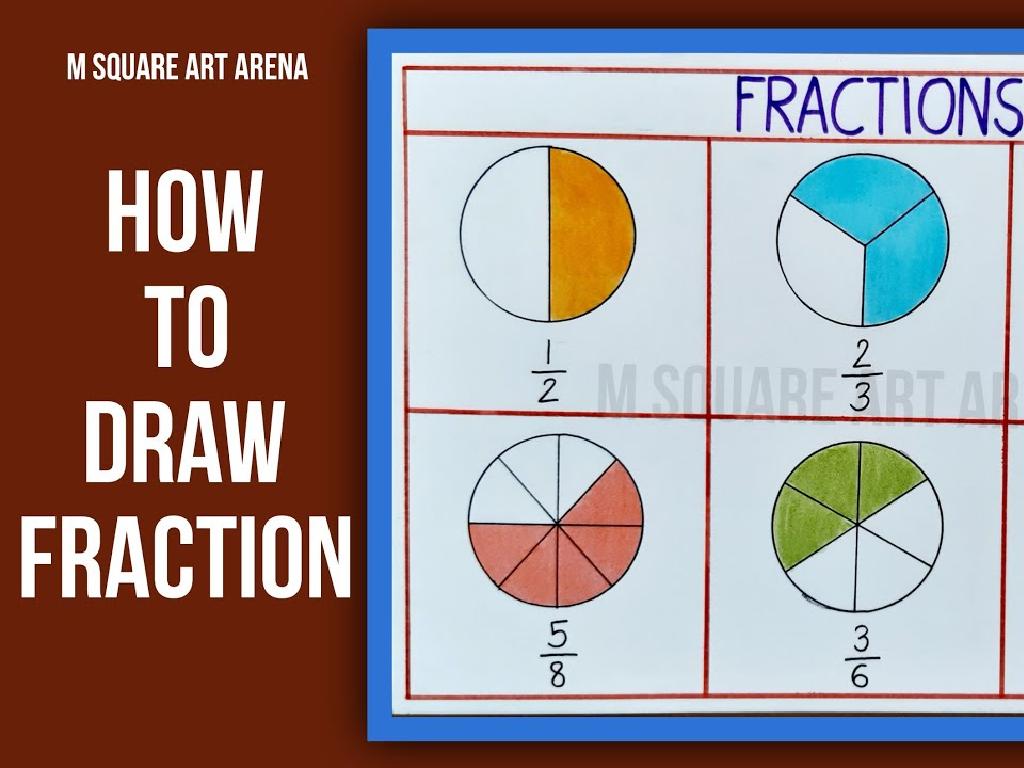What Am I?
Subject: Language arts
Grade: First grade
Topic: Inference And Analysis
Please LOG IN to download the presentation. Access is available to registered users only.
View More Content
Being a Reading Detective: Introduction to Inference
– What does ‘infer’ mean?
– To infer is to make a smart guess based on clues
– Be a detective in reading
– Imagine you’re a detective looking for hints in a story
– Using clues to guess
– Clues in the story help us guess what’s happening
– Practice makes perfect
|
This slide introduces the concept of inference as a fundamental reading comprehension skill. Explain to the students that inferring means using clues from the text, pictures, or their own experiences to make a good guess about what’s not directly stated. Encourage them to think like detectives, searching for hints in the story that help them understand it better. Emphasize that making inferences is like solving a mystery and that the more they practice, the better they’ll become at understanding stories. Plan a simple class activity where students can practice making inferences from a short story or picture book.
Guessing Game: What am I?
– Let’s play a fun guessing game!
– I’ll describe and you guess!
– I might say, ‘I have wings and I can fly. What am I?’ You guess!
– Listen to the clues carefully.
– Clues help us guess by giving hints.
– Can you figure out ‘What am I?’
|
This interactive slide is designed to engage first-grade students in a guessing game that encourages them to use inference and analysis skills. The game involves the teacher giving descriptive clues about an object or a thing, and the students use those clues to infer ‘What am I?’. It’s a fun way to teach students how to listen for details and think critically. The teacher should prepare a list of objects or animals to describe, ensuring the clues are age-appropriate and not too difficult. Encourage the students to ask questions if they need more information to make a guess. This activity will help develop their listening and inferential reasoning skills.
Guess the Object: What Am I?
– I am yellow and sweet
– What could I be?
– I can be peeled
– Think about things that are peeled before eating
– Monkeys love to eat me!
– What fruit do monkeys like?
|
This slide is part of a class activity designed to help first graders practice inference and analysis skills. The activity uses a simple riddle to encourage students to think critically and use clues to solve problems. The teacher should guide the students through the process of understanding the clues given and how they lead to the answer (a banana). Encourage the students to think of other objects or animals and come up with their own riddles. This activity can be expanded by having students draw their guesses or even bringing in the actual objects for a tactile experience. The goal is to make learning fun and interactive while building critical thinking skills.
Making Inferences Together
– Think about what we know
– Look for clues in the story
– Clues can be words or pictures that help us guess
– Guess the answer as a team
– Use the clues to make a good guess about the story
– Share our ideas out loud
– We’ll take turns talking about our guesses
|
This slide is aimed at teaching first graders the basic steps of making inferences. Start by discussing what inference means and how we use what we already know to understand new information. Encourage the children to look for clues in the text or pictures that can help them guess answers to questions about the story. Emphasize that making inferences is like being a detective. They should work together, discussing their ideas and thoughts, and understand that it’s okay to have different guesses. The goal is to engage them in critical thinking and improve their comprehension skills. During the next class, facilitate an activity where students can practice this skill in a fun and interactive way.
Practice Time: Be a Detective!
– Listen to the clues carefully
– Think like a detective
– Detectives look for clues to solve mysteries
– Use your inference skills
– Inference is like using clues to guess the answer
– Ready for a guessing game?
|
This slide is designed to engage students in a fun and interactive guessing game that will help them practice their inference skills. Start by reminding them to listen to the clues carefully, as if they are detectives looking for evidence. Emphasize the importance of using their inference skills to make educated guesses. Encourage them to think about what they already know and how it relates to the clues given. This activity will not only make the learning process enjoyable but also reinforce their analytical thinking. Be prepared with a list of simple items or scenarios to use as the basis for your clues, and make sure they are age-appropriate for first graders.
Let’s Review: Making Inferences
– Understanding inference
– An inference is a smart guess about a story
– Using clues to infer
– Clues in pictures or words help us guess
– The importance of inferring
– Inferring helps us become detective readers
|
This slide aims to review the concept of making inferences in reading. Begin by explaining that an inference is like being a detective, where you make a smart guess about what’s happening in a story without being told directly. Emphasize how we use clues from the pictures and the words to help us make these guesses. Discuss why it’s important to infer: it helps us understand the story better, even when everything isn’t spelled out for us. Use simple examples to illustrate, such as guessing someone is happy because they are smiling. Encourage students to practice by inferring from their own experiences or simple stories read in class.
Class Activity: Be an Inference Artist!
– Listen to the clues carefully
– Draw a secret picture
– Use your imagination based on the clues
– Keep it a surprise for friends
– No peeking at others’ drawings!
– Share and guess with the class
– Can your friends guess what you drew?
|
This activity is designed to develop the students’ inference skills in a fun and interactive way. Start by giving the students a series of descriptive clues about an object or animal without revealing what it is. Encourage them to listen closely and use their imagination to draw what they think the clues describe. Remind them to keep their drawings secret until the sharing phase to make the guessing game more exciting. Once everyone is done, have each student present their drawing to the class and let their classmates guess what it is. This will not only reinforce their listening and inference skills but also encourage creativity and class participation.

